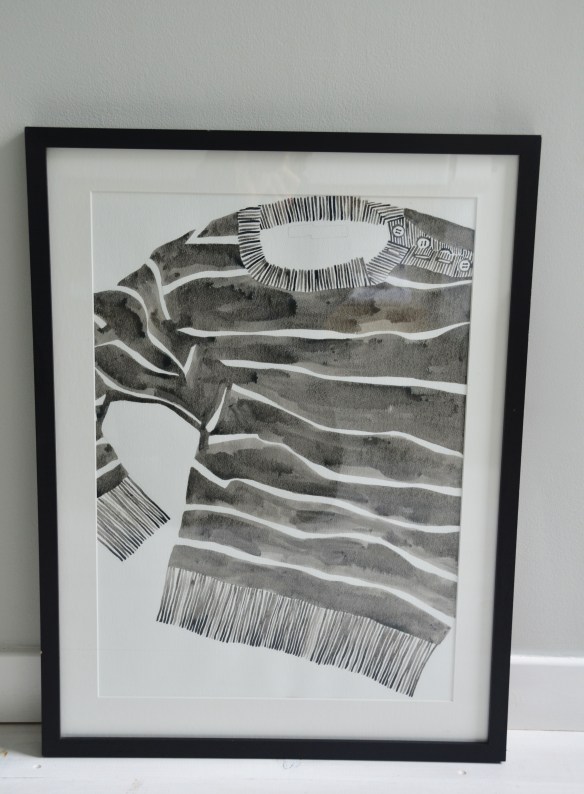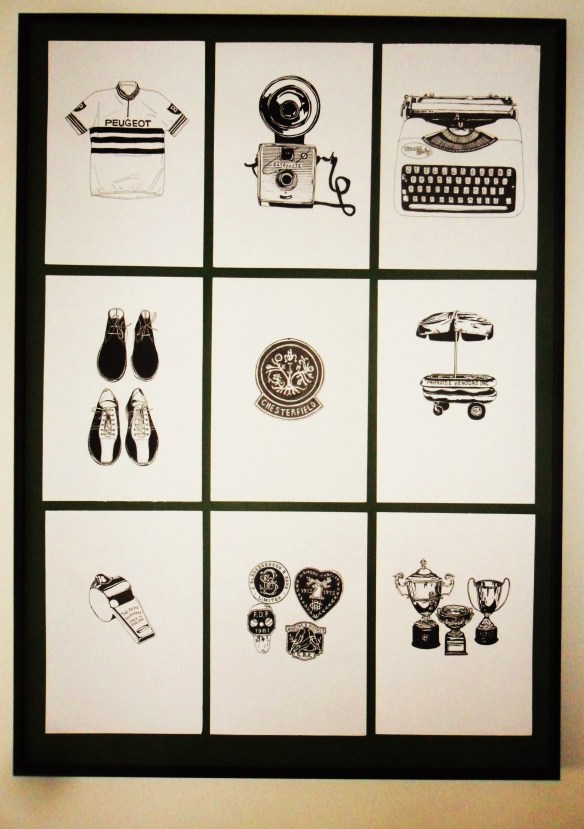
Great Bustard or otis tarda (2011)
Watercolour on paper, 148 x 210mm.
The Great Bustard is a large bird in the Bustard family, unrelated to other large bird species such as turkeys or geese. Great Bustards can (and do) fly, despite being the heaviest flying animal alive today. Great Bustards can be found across Europe, as far south as Spain and as far to the north as the Russian steppes. Most members of the Bustard family are smaller than the Great Bustard which is dwarfed only by the Kori Bustard. Male Great Bustards grow about 30% larger than the females, reaching up to 1 meter tall and weighing up to 16Kg (the heaviest recorded Great Bustard weighed in at 21Kg). The conservation status of the Great Bustard is listed as vulnerable, with populations in many countries being in decline and having been extinct in the UK for over 180 years.
http://greatbustard.org/













